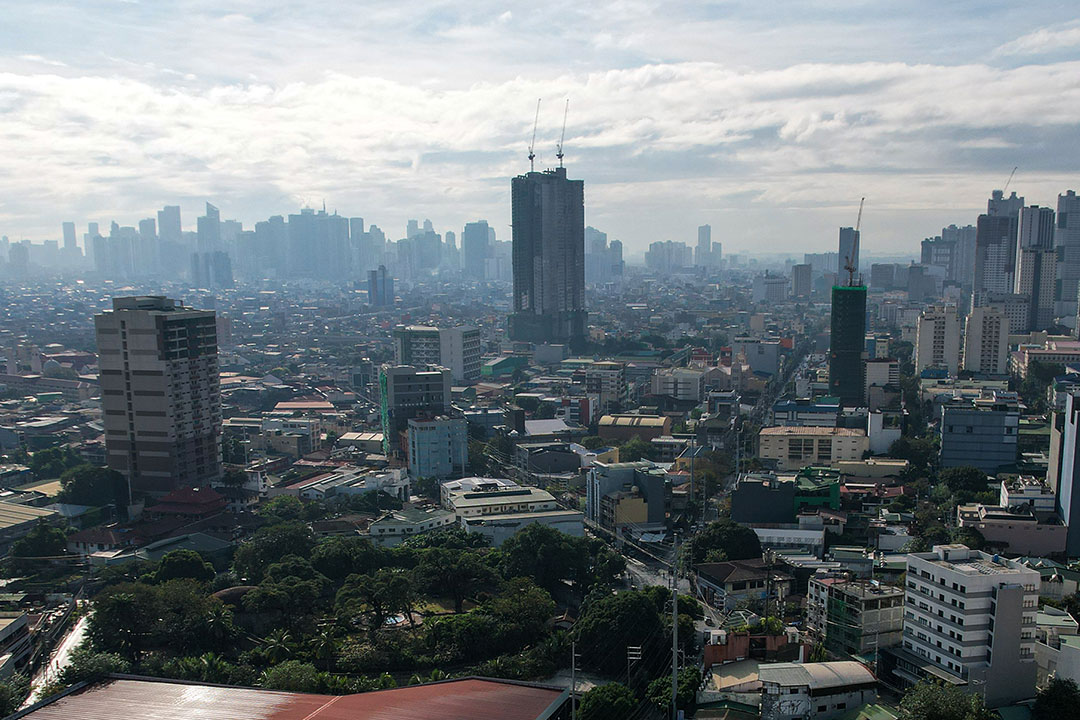
As Metro Manila continues to grapple with air pollution, there is a need to raise public awareness of its health risks through more real-time and comprehensive air monitoring, according to experts on Wednesday.
Experts echoed these sentiments during the launch of Breath Metro Manila, a coalition composed of Manila Observatory, Ateneo School of Medicine and Public Health (ASMPH), Ateneo Business Insights Laboratory Development (BUILD), and technology provider Clarity Movement.
“(We have) to make the threat of air pollution more visible to the community and to our stakeholders,” Dr. Annelle Raphayette Chua, head of the Air Quality and Climate Research Institute (ACRI), and focal for environmental quality for ASMPH said in her presentation.
“So one of the most powerful ways to do that is real-time air quality monitoring that’s accessible to all of our stakeholders and locally and nationally published for everyone’s perusal,” she added.
Air pollution is one of the leading causes of premature mortality, responsible for 8.1 million deaths globally in 2021, just behind high blood pressure, Ms. Chua said, citing the United Nations Children’s Fund (UNICEF) report.
Constant exposure to air pollution can lead to serious health complications, accounting for 30% of deaths from lower respiratory infections, 28% from ischemic heart disease, and 48% of deaths related to chronic obstructive pulmonary disease.
In Metro Manila, more than 13 million residents are at risk of being regularly exposed to pollution levels that exceed global safety standards.
Given these potential health risks, access to real-time air quality data becomes even more critical in helping residents to protect themselves, said Engr. Ethel Garcia, regional account manager for SEA and Oceania at Clarity Movement.
“Weather is hyperlocal… With air quality, that’s also the case. It may be at unhealthy levels in some parts of Quezon City, but maybe in Ayala Alabang, it’s not unhealthy — it’s good,” Ms. Garcia told BusinessWorld.
“So that kind of information, we wanted that to be released to the public because it’s the public that is generally affected by that,” she added.
One primary aim of Breath Metro Manila is the installation of advanced and region-wide integrated air monitoring systems, where the results can be accessed publicly through a website.
Ms. Garcia said that this will allow for more credible and cohesive results, enabling better identification of pollution sources and air quality levels in specific localities. – Edg Adrian A. Eva



